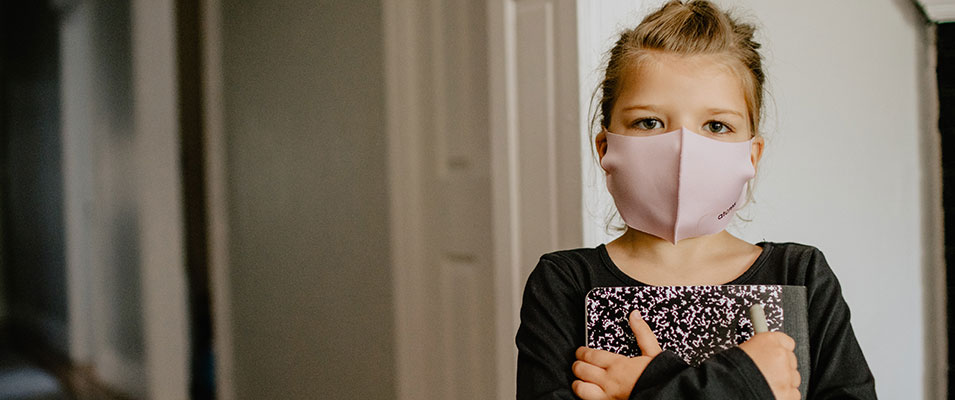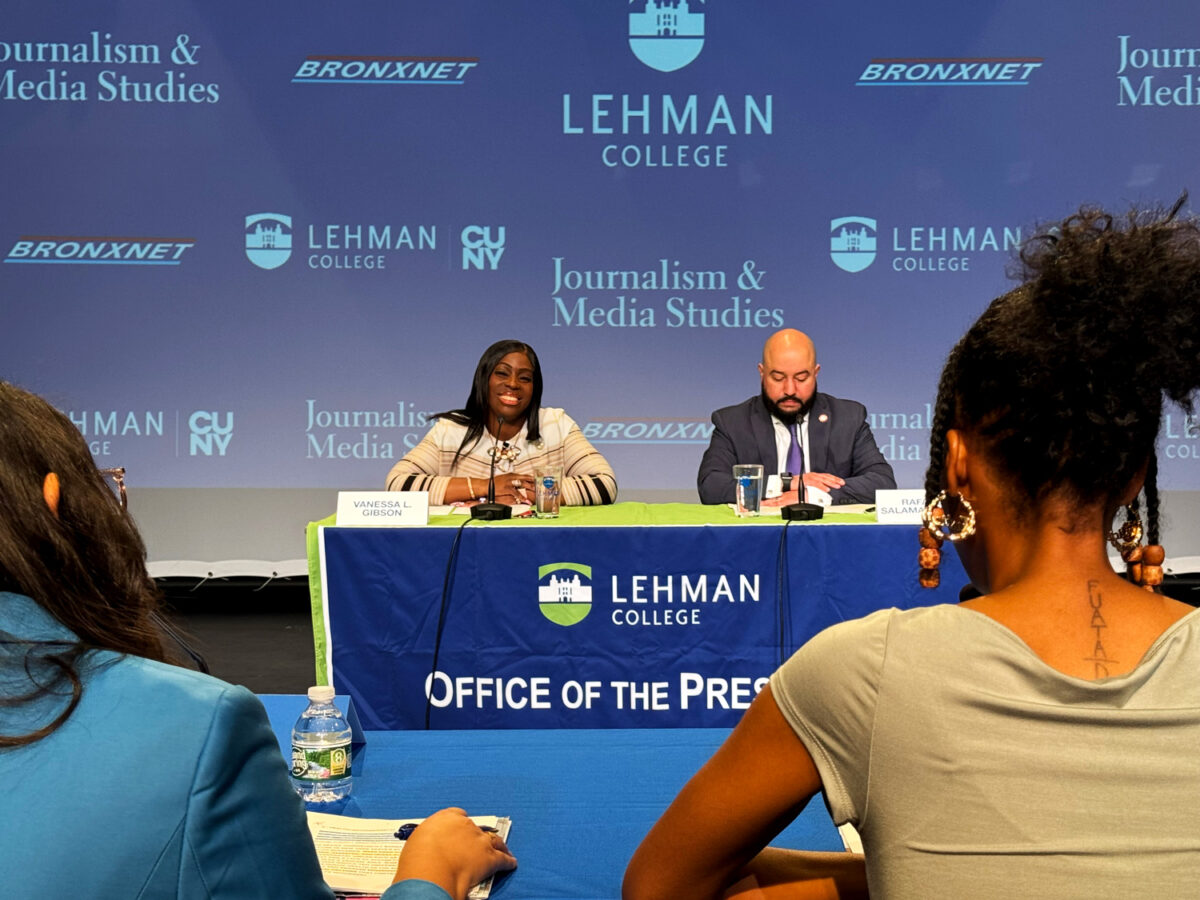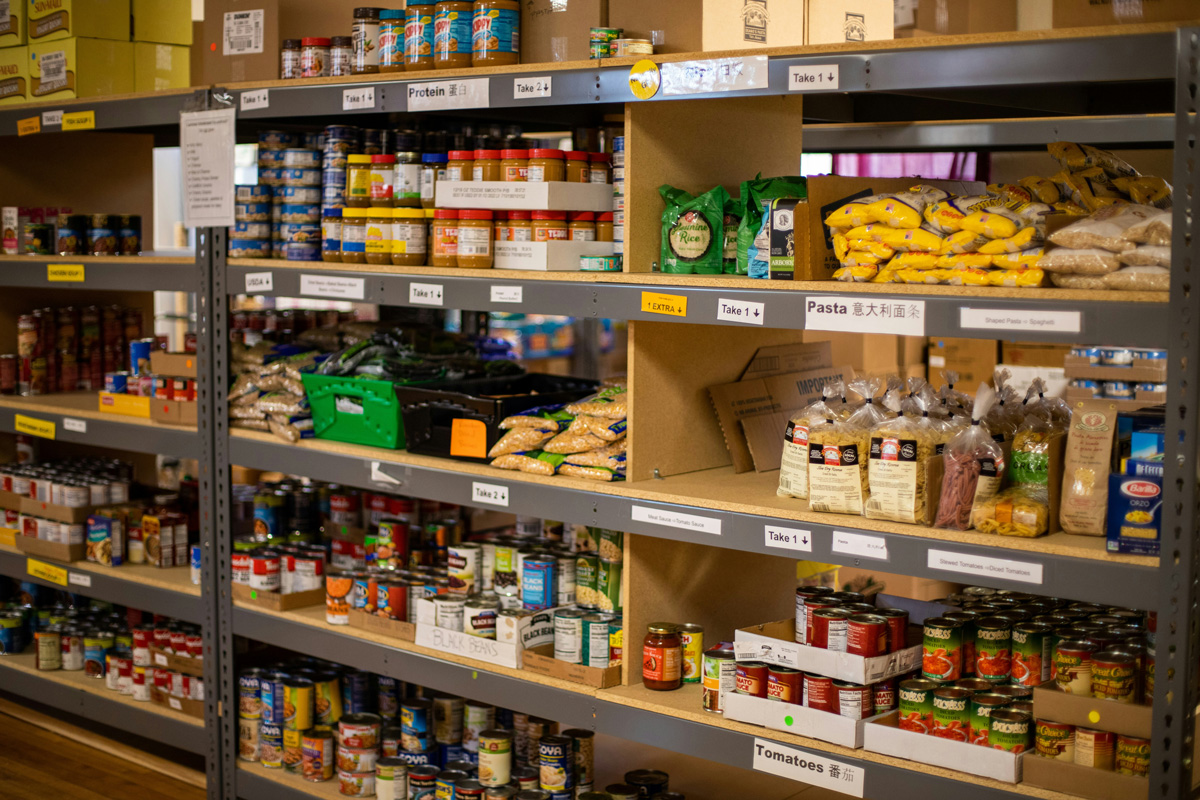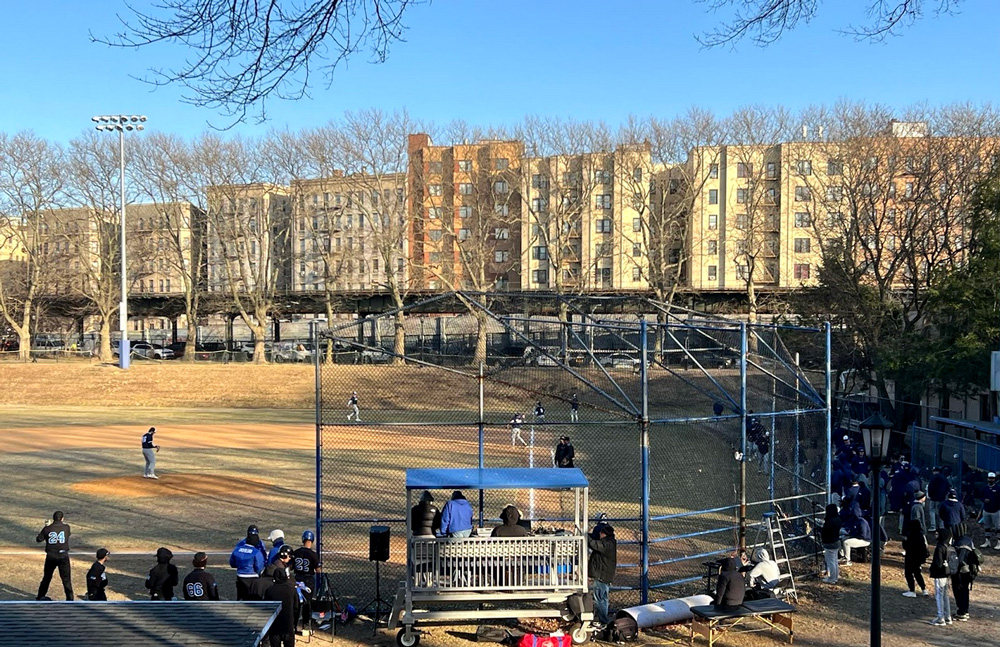By Yanibel Fernandez
To prevent the spread of the Coronavirus, many in-person activities were moved online, including some classes in New York City schools. The new remote learning for many students began in March and continued to the new school year in the fall. Only some students returned to in-person classes and some followed a hybrid schedule. It was a tough transition for both students and teachers.
Salim Drammeh is a social studies teacher at The Laboratory School of Technology in the Bronx, where he has been working for two years. Drammeh has been teaching six grade students in-person and remotely. He has seven sections. The in-person classes he teaches are small, with a maximum of 12 students to a minimum of six or even five per pod. For his three remote classes he has a maximum of 30 students learning from home.
“Right now, I’m not going to lie, it is tough, it is not that easy,” said Drammeh. “I have so many sections of kids right now, that sometimes I forget which section I have to teach. Some days I forget which students are supposed to come inside.” Drammeh said at the beginning of the transition he sometimes felt overwhelmed. “Some days I did not feel like getting out of bed, because of the amount of pressure that is there, dealing with transitioning, through remote is not easy,” he said. Drammeh is also pursuing his master’s in education, which he said, was “also is kicking my butt, but the kids and my family keep me motivated all the time.”
According to the New York State Education Department Reopening Guidance, “Schools and school districts should promote social distancing while maintaining existing safety requirements designed to protect students. To accomplish this, schools may expand their physical footprint or change the way they utilize space. Schools should also continue to meet or exceed ventilation requirements and may wish to consult with design professionals to increase ventilation and filtration.”
Following social distancing measures, Drammeh’s classroom was set up for in-person learning using two classrooms. “The desk are six feet apart and the students are only allowed to take their mask off only when eating,” he said. Marks are on the floor and the desks cannot be moved. The teachers desk has a glass, that serves like a barrier between Drammeh and the students. He is not allowed to hand stuff to his students, such as a pen. The Center for Disease Control and Prevention advises in its Operational Considerations for Schools that teachers “Avoid sharing books, supplies, games, or other learning aides.”
Ventilation of the classrooms was a problem for New York schools. At the beginning of the semester, the windows were open but later, says Drammeh, the windows were closed, the air conditioner was on and the doors remained open all the time.”
Drammeh says his students prefer in-person learning, despite the classroom restrictions. “They like it, they prefer in-person because they get to see their teachers, they get to talk to their peers, even though it is not normal, it is better than nothing,” he said. He says he does fear the virus, because if a student has it that means classes have to be cancelled. The school provided him with “fancy mask” as he called it and he has been following the safety guidelines.
Drammeh says online teaching is not ideal but what keeps him going is knowing that his students really need him to be there. “Without us some students don’t have anyone to talk to,” he says. “Some students don’t have anyone to say good morning to. We are the ones who are doing that, even if the experience is hard.”








No comments